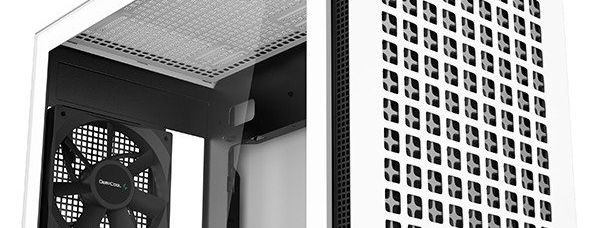How to choose the right desktop for your needs
When selecting a desktop, the first step is to clearly define your primary use case. Personal use desktops are typically geared towards everyday tasks such as browsing the internet, streaming videos, and managing personal documents. In contrast, professional use desktops are designed to handle more demanding applications, such as software development, video editing, and data analysis. Understanding your primary use will guide you in selecting the right specifications and features.
For those with specialized needs, such as gaming or graphic design, the requirements become more specific. Gamers will need a powerful graphics card and a high-refresh-rate monitor, while designers might prioritize color accuracy and processing power. Identifying these needs early will help narrow down your options.
2. Key Components of a Desktop
The CPU is the brain of your desktop, and its performance is crucial for overall system speed. For general use, a mid-range processor like the Intel Core i5 or AMD Ryzen 5 is sufficient. However, for intensive tasks, consider higher-end models like the Intel Core i7/i9 or AMD Ryzen 7/9.
RAM is essential for multitasking and running complex applications. A minimum of 8GB is recommended for basic tasks, but 16GB or more is ideal for professional use and gaming.
Storage affects how much data you can keep on your desktop and how quickly you can access it. Solid State Drives (SSDs) offer faster data access speeds compared to traditional Hard Disk Drives (HDDs). A combination of both, with an SSD for the operating system and an HDD for additional storage, is often the best approach.
A dedicated graphics card is essential for gaming, video editing, and 3D rendering. NVIDIA and AMD offer a range of options, with NVIDIA's RTX series and AMD's Radeon RX series being popular choices.
The motherboard connects all components of your desktop. Ensure it is compatible with your CPU and has enough slots for future upgrades.
A reliable power supply is crucial for system stability. Ensure it provides enough wattage for your components and has a good efficiency rating.
3. Desktop Form Factors
Tower desktops offer the most flexibility and upgradeability. They are ideal for users who plan to upgrade components over time.
All-in-One desktops integrate the monitor and computer into a single unit, saving space and reducing clutter. They are suitable for users with limited space but offer less upgradeability.
Mini PCs are compact and energy-efficient, making them perfect for basic tasks and media consumption. However, they may not be suitable for high-performance needs.
4. Operating System Considerations
Windows is the most versatile operating system, compatible with a wide range of software and hardware. It is ideal for both personal and professional use.
macOS is known for its sleek design and seamless integration with other Apple products. It is popular among creative professionals.
Linux is an open-source operating system that offers flexibility and customization. It is favored by developers and tech enthusiasts.
5. Budgeting for Your Desktop
Entry-level desktops are affordable and suitable for basic tasks. They typically feature lower-end components but can be a good starting point for budget-conscious users.
Mid-range desktops offer a balance between performance and cost. They are ideal for users who need more power for multitasking and moderate gaming.
High-end desktops are designed for maximum performance, featuring top-tier components. They are perfect for gamers, designers, and professionals who require the best performance.
6. Future-Proofing Your Desktop
Consider a desktop that allows for easy upgrades, such as adding more RAM or swapping out the graphics card. This ensures your system can keep up with future demands.
Invest in a desktop with a solid warranty and reliable customer support. This provides peace of mind and assistance in case of hardware issues.






Comments (0)